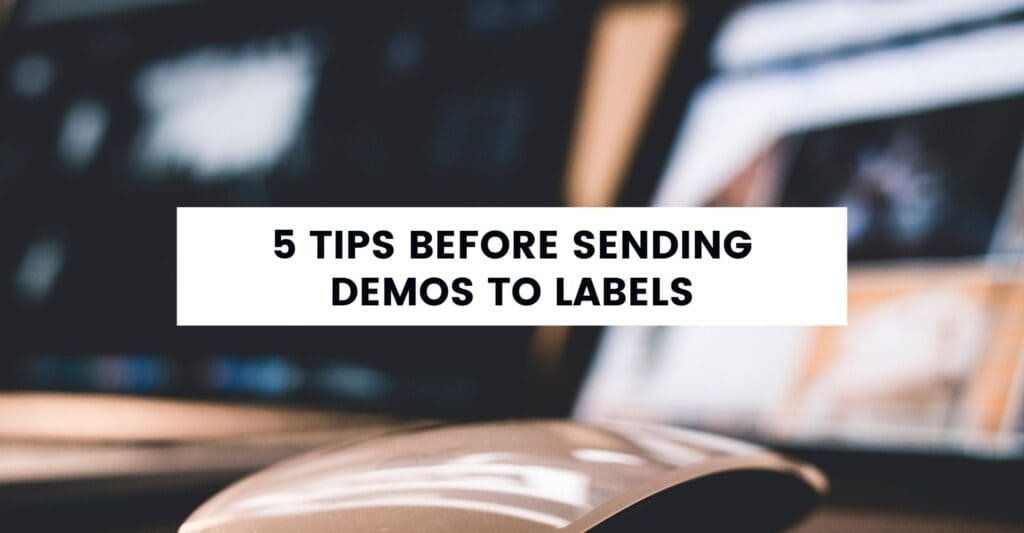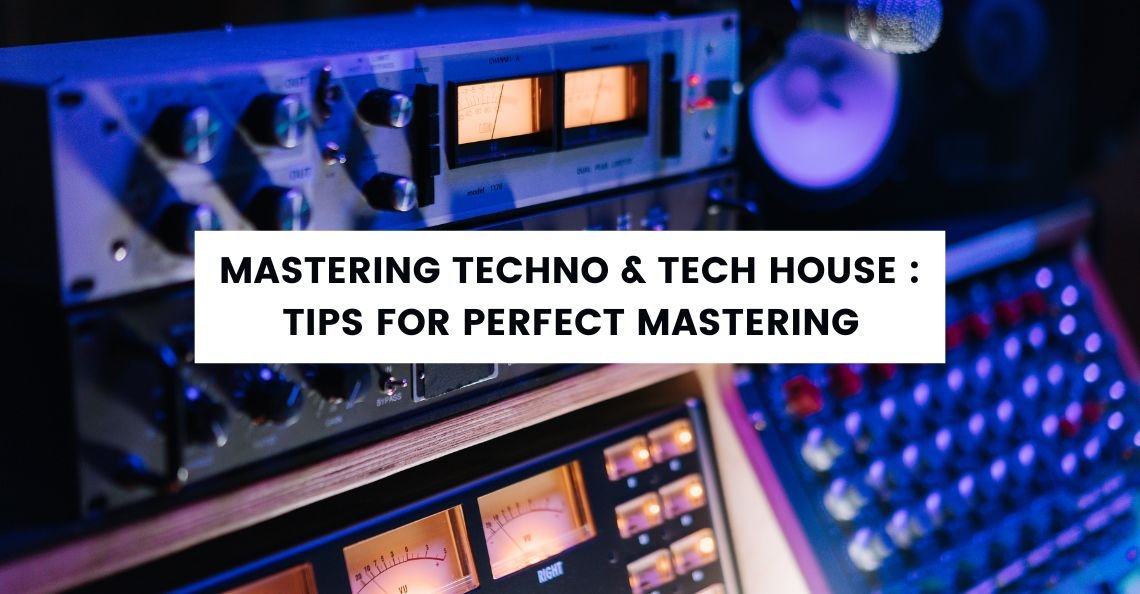
The perfect mix of kick and bass should deliver a low end that makes your speakers rumble with power. While achieving this can be tricky, it’s certainly possible with the right techniques.
Before diving into the mix, it’s important to consider your listening environment. While the headphones or monitors you choose are crucial, a poorly treated room can make even the best gear sound bad.
A flat response in your speakers or headphones is key to ensuring your mix translates well across various systems. Once your environment is set up correctly, follow these tips to sculpt a punchy, powerful low end.
Use High-Pass Filters for Clarity 🎚️
It might seem counterintuitive, but sometimes cutting bass can result in a more powerful low end. Many speakers can’t produce frequencies below 20 Hz, and excessive bass energy in this range can actually muddy the mix.
To tighten up the low end, use a steep high-pass filter to remove sub-bass frequencies that won’t be heard by most systems. Start at around 30 Hz and slowly increase the cutoff point until you notice the mix start to clear up. You’ll likely be surprised by how much sub-bass you can filter while still maintaining a strong low-end presence.
Clear space for the Lows 🌀
When balancing the EQ, think of your mix like a game of Tetris—each element needs its own space to fit. A muddy low end often results from congestion in the mid-range, where multiple instruments are fighting for the same frequency space.
Ensure that your low-end instruments—kick, bass, synths—dominate the bass frequencies (usually around 30–150 Hz). If other elements are competing in this range, the power of your low end will be diminished. Use EQ to carve out space for each element, ensuring they don’t overlap too much and allowing the low end to breathe. For example, if your bass is too thick in the low-mids, try cutting 100–250 Hz to give the kick drum more space to punch through.
Keep It Authentic 🎸
While it’s tempting to focus entirely on the deepest bass for a heavy rumble, don’t overlook the mid-range of your bass and kick for clarity and definition. Often, the punch and attack of a kick drum or bass come from the mid-range frequencies, not just the lowest notes.
For example, try boosting around 3–6 dB in the mid-range (100–300 Hz) to give the kick more presence and definition. This helps it cut through the mix and gives it the “bite” you’re after. You can also apply a slight boost around 1–2 kHz to bring out the attack of the bass, ensuring it’s felt both in the speakers and in the listener’s body.
Sweep for Sweet Spots 🔍
Once you’ve dialed in the basic EQ adjustments, it’s time to be more surgical. Use a tight 6 dB boost and sweep through the low frequencies to find the “sweet spots” for your kick and bass. Solo each track and listen carefully to identify the frequencies where the attack sounds strongest or where the tone feels just right.
Pay close attention to overtones and harmonics that will shape the character of your low end. This technique allows you to pinpoint where the low end can really “pop,” while avoiding areas where the sound becomes too muddy or indistinct. For example, boosting the 100–150 Hz range can bring out the fullness in your bass, while cutting 250–500 Hz can remove unwanted congestion and tighten up the sound.
If your kick and bass sound too loose, try applying compression to control their dynamics. Use a medium-to-fast attack and release time to tighten up the transient, giving the bass more punch without losing the warmth.
Final Thoughts 💡
Achieving a punchy, powerful low end isn’t easy, but with careful EQ work, high-pass filtering, and thoughtful arrangement of the bass elements, you can get closer to the sound you’re aiming for. Remember, it’s not just about boosting the lows—properly cutting unnecessary frequencies and giving each element its own space is just as important for a clean, punchy mix.
Experiment with the techniques discussed, and you’ll be well on your way to achieving a low end that not only thumps but also feels clear and defined. By using EQ, filtering, and compression smartly, you’ll give your listeners a powerful and dynamic mix they can feel in their chest.




